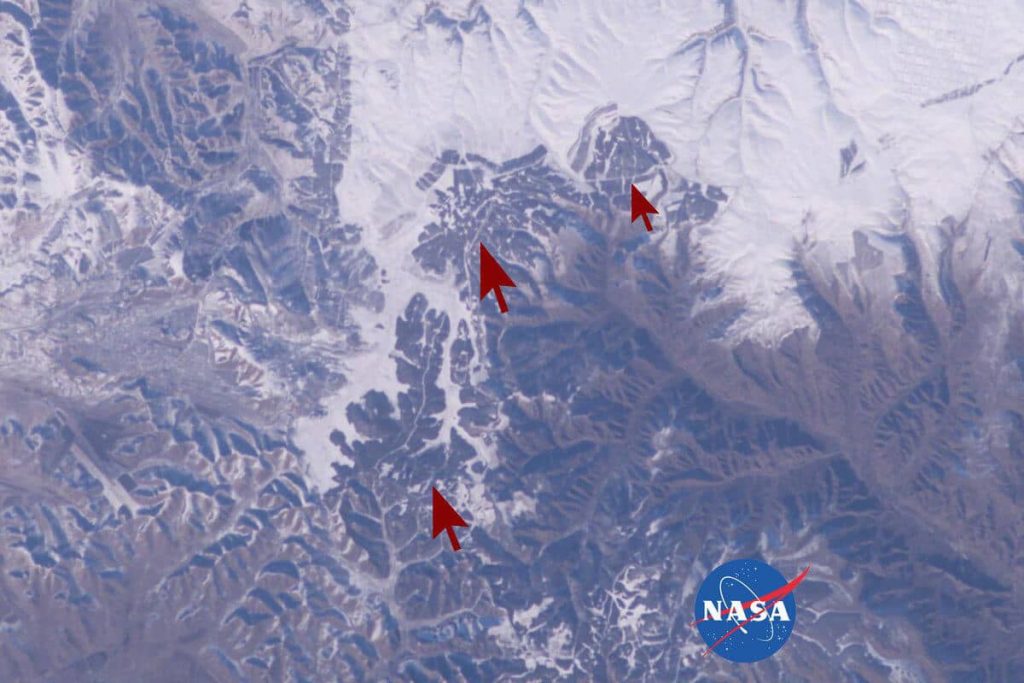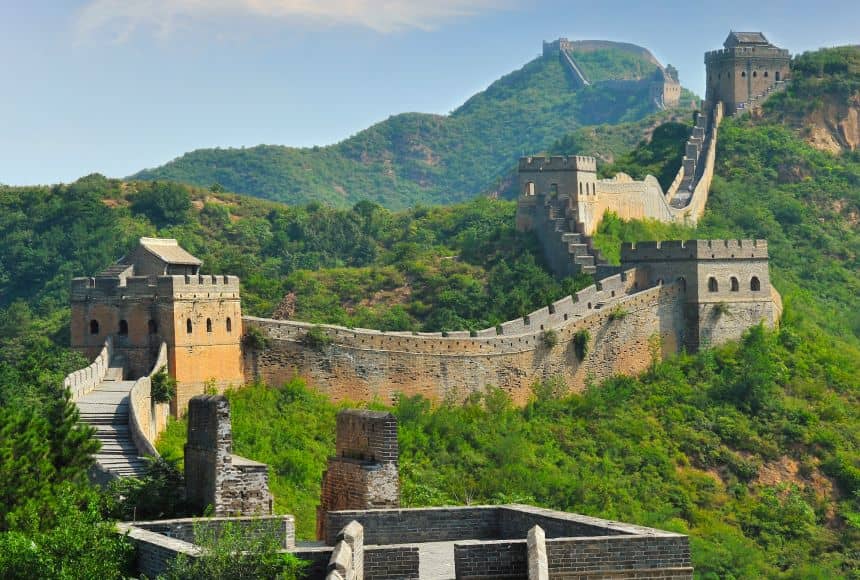One surprising historical fact is that the Great Wall of China is not visible from space. Despite its impressive size and length, the Great Wall is actually quite narrow and does not stand out significantly from the surrounding landscape. As a result, it is not easily visible from space, even from low Earth orbit.
This is because the wall is made of materials, such as earth and brick, that blend in with the surrounding terrain, and because it is not as wide or tall as some people might imagine. While the Great Wall is an impressive feat of engineering and an important part of Chinese history, it is not as visible from space as some people might think.

Another interesting aspect of the Great Wall of China is that it was not built in a single, continuous process, but rather was constructed over the course of many centuries by different Chinese dynasties. The earliest sections of the wall were built as early as the 7th century BC, and were constructed by various states and kingdoms in an effort to defend against barbarian invasions. Over time, these early walls were expanded and joined together to create a more continuous barrier.
It is a series of fortifications that were built, rebuilt, and expanded over the course of several centuries to protect the Chinese Empire from barbarian invasions. The wall stretches over 4,000 miles from the eastern coast of China to the Gobi Desert in the west and is made up of multiple sections built by different dynasties.
The earliest sections of the wall were made of earth and stone, and were built by the states and kingdoms of the Warring States period (475-221 BC) to defend against the barbarian tribes of the north. Later, during the Qin Dynasty (221-206 BC), the first Emperor of China, Qin Shi Huang, ordered the construction of a more continuous and fortified wall, which was later expanded and improved upon by the Han, Sui, and Tang dynasties.

The most famous and well-known sections of the Great Wall were built during the Ming Dynasty (1368-1644), when the wall was reinforced with brick and stone, and watchtowers and other fortifications were added. Despite its impressive size and length, however, the Great Wall was not always effective at keeping out invaders, and it was eventually breached and restored as a national symbol and tourist attraction.
Today, the Great Wall of China is a UNESCO World Heritage Site and one of the most famous landmarks in the world.

The Great Wall of China is an impressive and awe-inspiring feat of engineering, and it continues to attract millions of visitors from around the world each year. Despite its age and the challenges it has faced over the centuries, the Great Wall remains an important symbol of Chinese culture and history. While it may not be visible from space, as some people believe, the Great Wall is a testament to the ingenuity and determination of the Chinese people, and it will continue to be a source of fascination and wonder for generations to come.



